Surfing, an exhilarating water sport that combines skill, balance, and a connection with nature, has captivated beginners and seasoned enthusiasts alike.
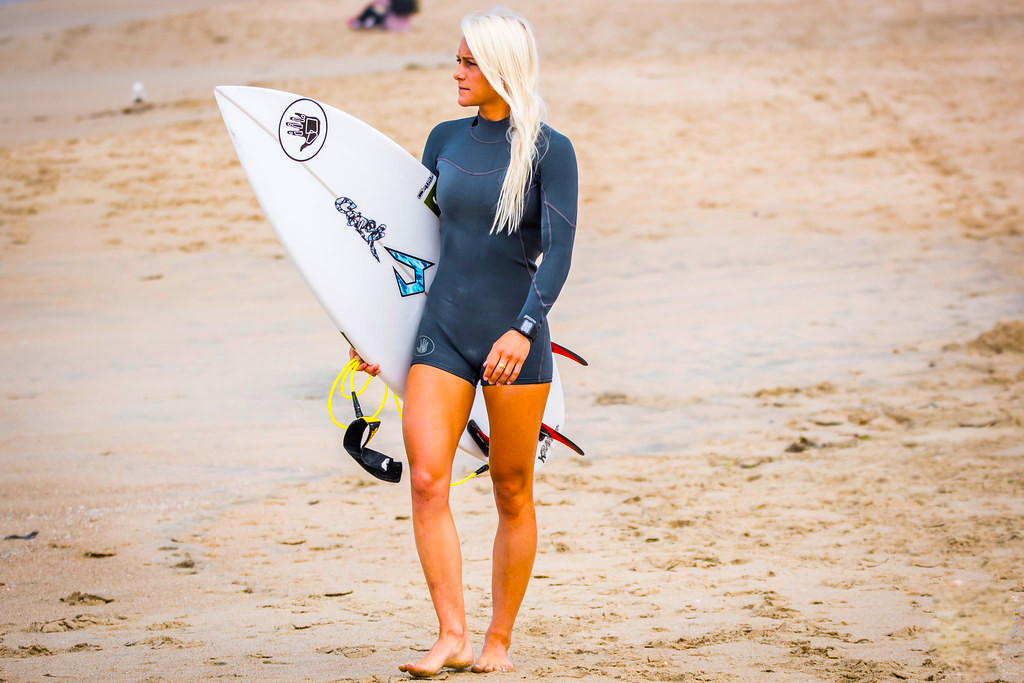
As a beginner, finding the perfect surfboard is crucial for your learning journey. This comprehensive guide aims to equip you with the knowledge and understanding to select the ideal surfboard for beginners. By choosing the right beginners surfboard, you can enhance your surfing experience and progress more rapidly, all while having a blast in the water.
If you have never tried surfing, but as you read this article you start thinking in learning, take a look at our surfing courses in Costa Rica dive and Surf.
I. Understanding Your Skill Level as a Beginner Surfer
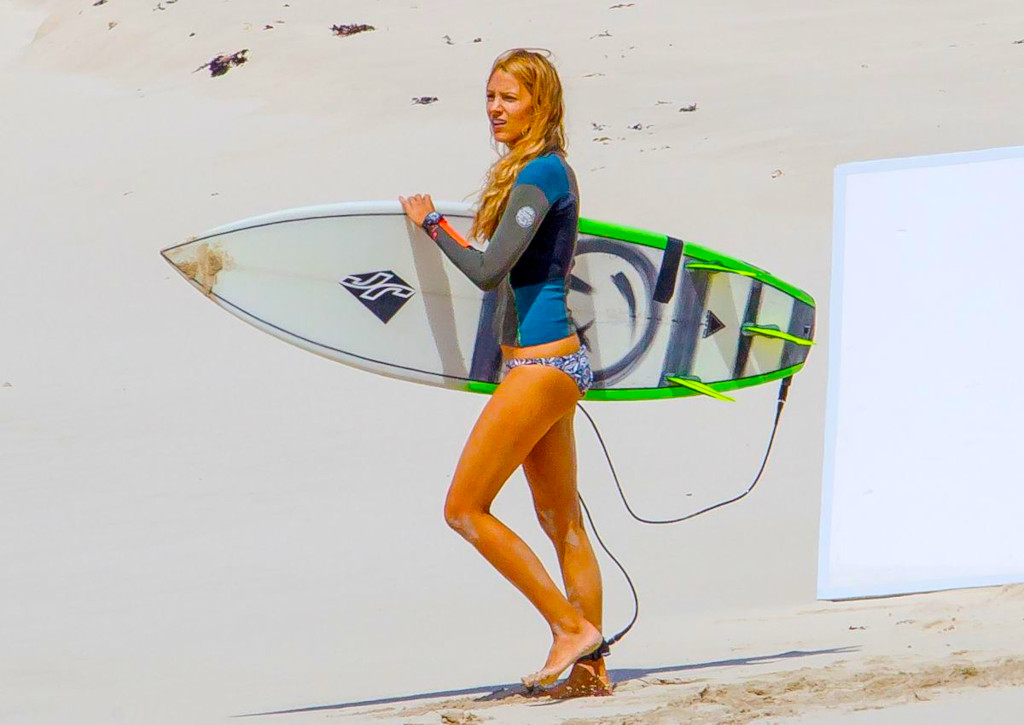
Before diving into the process of selecting a beginners surfboard, it’s essential to honestly assess your skill level. Whether you’re a complete novice or have dabbled in surfing before, understanding your abilities as a beginner surfer is key. Evaluating your swimming skills, comfort level in the water, and familiarity with surfing fundamentals will help you make an informed decision when choosing a surfboard that caters to beginners.
II. Surfboard Size and Dimensions for Beginners
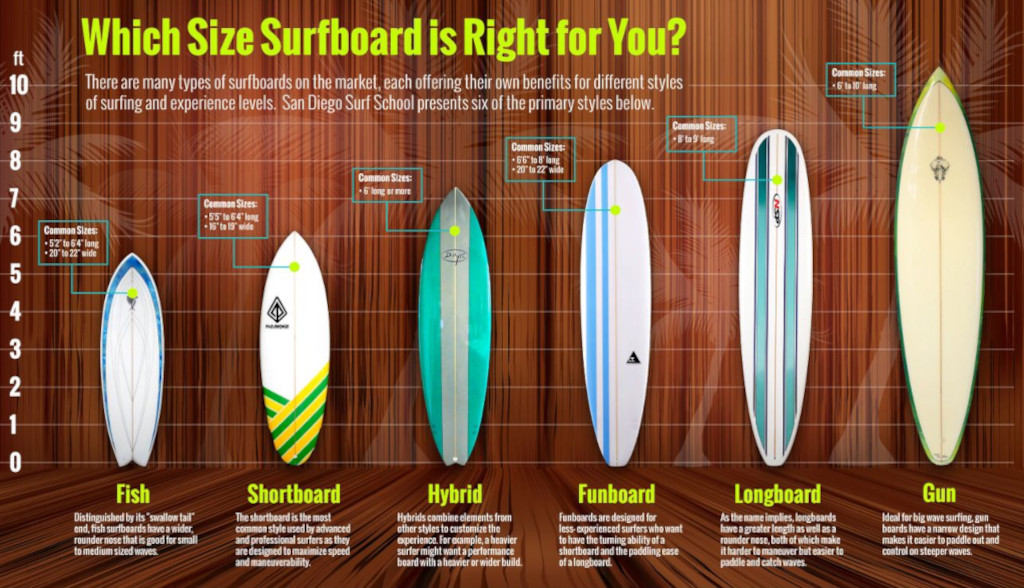
When it comes to surfboards for beginners, size and dimensions are of utmost importance. The length, width, and thickness directly impact stability, maneuverability, and overall performance.
As a general rule, larger surfboards for beginners are more suitable as they offer enhanced stability, making it easier to find balance and catch waves. Longer boards provide better wave-catching potential, while wider boards offer increased stability and easier paddling for beginners.
However, it’s worth noting that longer and wider surfboards might be slightly more challenging to maneuver. By considering your body weight, height, and specific surfing goals as a beginner, you can determine the ideal surfboard size for beginners that will support your progress in the water.
III. Surfboard Shapes and Designs for Beginners
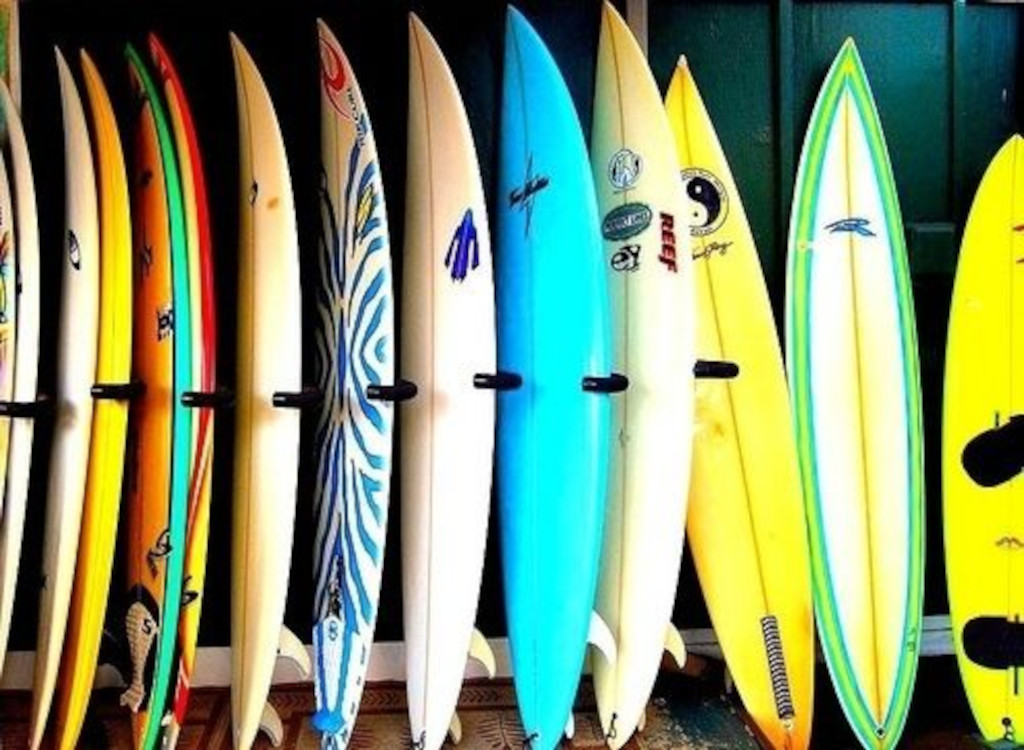
The world of surfboard shapes and designs may seem overwhelming to beginners. However, understanding the characteristics of different board shapes will greatly assist you in choosing the most appropriate beginners surfboard.
Longboards for Beginners: Longboards, typically exceeding 9 feet in length, are excellent choices for beginners surfboards. They offer exceptional stability and wave-catching ability, making them ideal for beginners.
With their generous volume and forgiving nature, longboards provide beginners with more room to maneuver and find balance. These surfboards for beginners are particularly well-suited for small, mushy waves as well as larger, more powerful ones.
Funboards for Beginners
Funboards, which are shorter and wider than longboards, strike a balance between stability and maneuverability. They are versatile options that enable beginners to progress their skills.
Funboards can handle a wide range of wave conditions, making them suitable for beginners looking to improve their turning and maneuvering abilities.
Fish-shaped Boards for Beginners
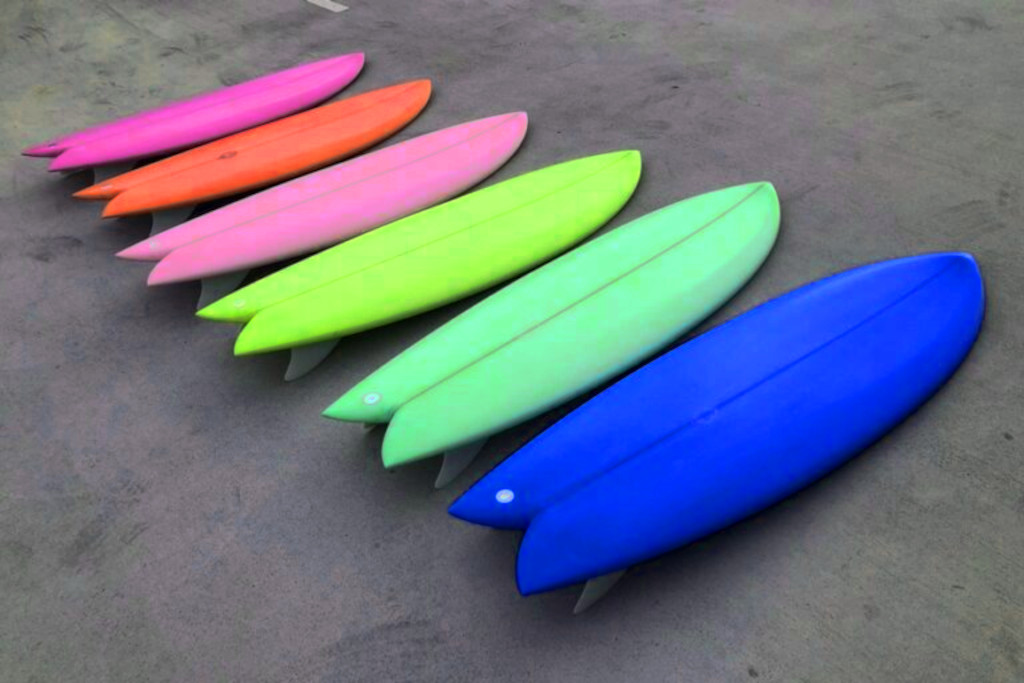
Fish-shaped boards, featuring a distinctive swallowtail design, excel in smaller, mushier waves. These beginners surfboards offer a lively and responsive ride. Known for their speed and maneuverability, fish-shaped boards are popular among beginners seeking a more playful surfing experience.
By assessing the wave conditions in your area and considering the type of waves you’ll be riding, you can determine which surfboard shape is best suited for beginners and aligns with your personal preferences.
IV. Surfboard Materials and Construction for Beginners
When selecting a beginners surfboard, understanding the materials and construction methods is essential. While traditional surfboards typically feature fiberglass construction, which offers a blend of performance and durability, beginners may also explore alternative options.
Epoxy Boards for Beginners
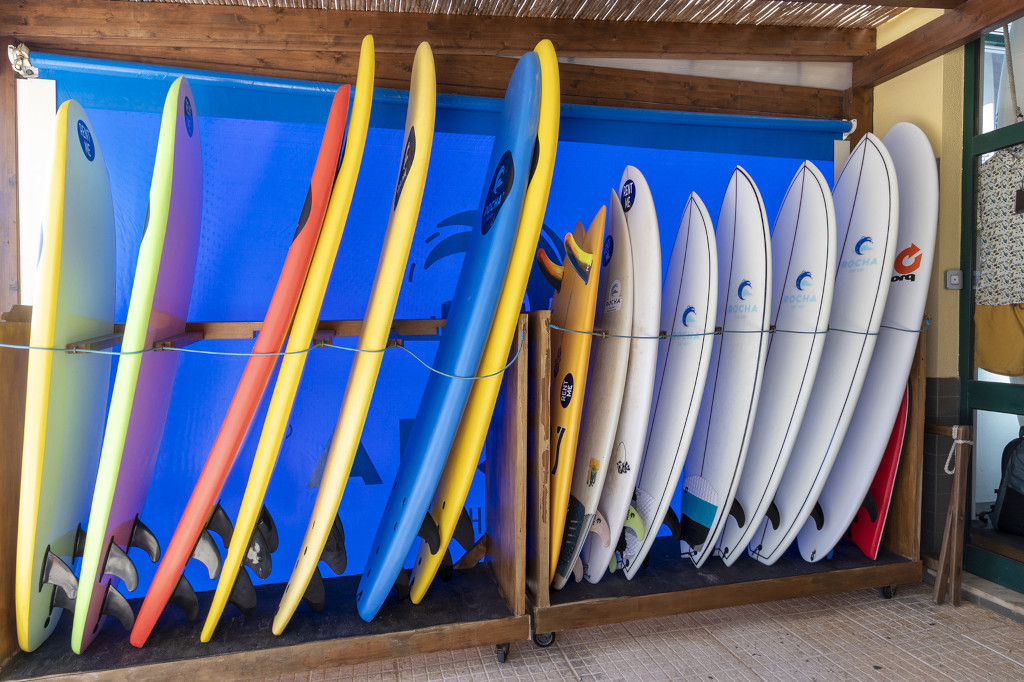
Epoxy surfboards are an excellent choice for novice surfers. These boards are lightweight, making them easy to maneuver and carry. Additionally, their durability ensures they can withstand the bumps and scrapes that often occur during the learning process.
The buoyancy of epoxy boards makes them forgiving for falls, allowing beginners to gain confidence in the water without worrying about damaging the board.
Moreover, the design of epoxy surfboards enables easier wave-catching, which is crucial for beginners who are still mastering their paddling and positioning skills. With their combination of speed and maneuverability, epoxy boards offer an exciting and progressive surfing experience, making them a popular choice among beginners and those seeking rapid skill development.
Soft-top Boards for Beginners
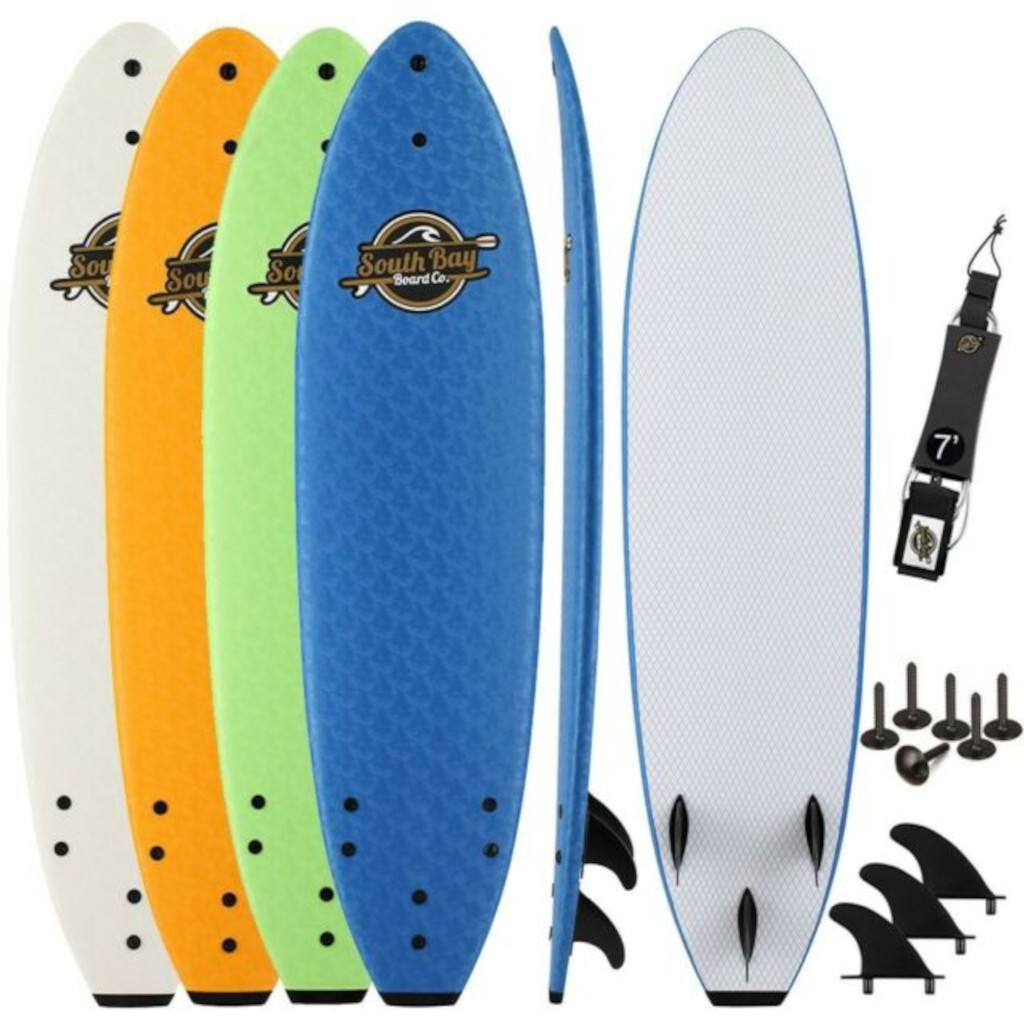
Soft-top surfboards feature a foam deck, providing excellent stability and enhanced safety for beginners. These beginners surfboards are often favored by surf schools and beginners due to their forgiving nature.
The soft construction minimizes the risk of injuries, making them ideal for learning the basics and building confidence in the water.
Considering the materials and construction methods will help you select a beginners surfboard that aligns with your preferences and offers the desired performance.
V. Choosing the Right Fin Setup for Beginners
The fin setup of a surfboard significantly impacts its performance and maneuverability. For beginners, a thruster (three-fin) setup is the most common and versatile choice for beginners surfboards.
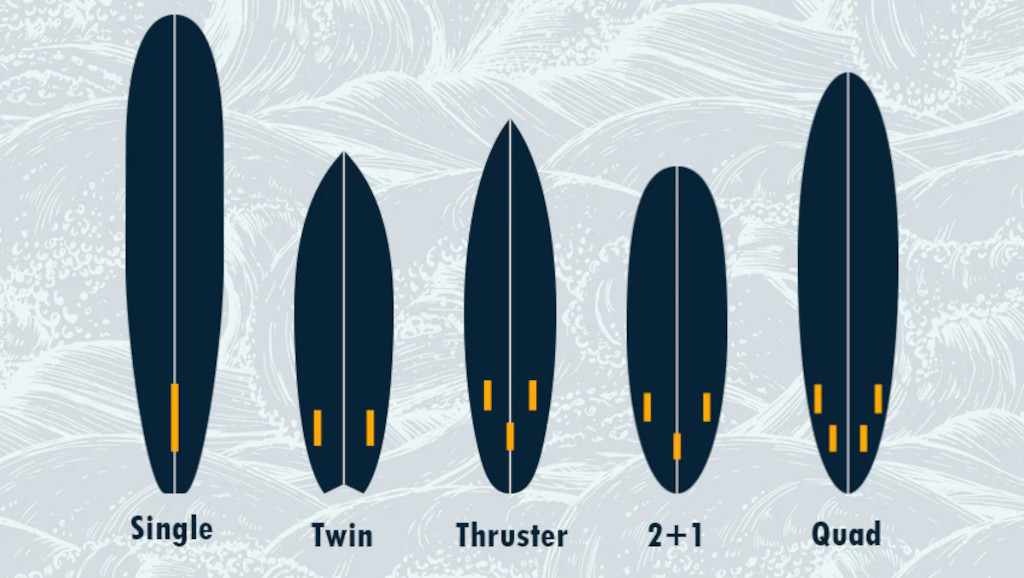
This setup provides stability, control, and excellent maneuvering capabilities, allowing for smoother turns and control while riding. The thruster configuration is suitable for a wide range of wave conditions and skill levels.
Alternatively, single fin setups offer a classic, retro feel, which is ideal for cruising and longboarding. The 2+1 setup, comprising a larger center fin and two smaller side fins, combines stability and maneuverability. By experimenting with different fin setups, beginners can discover their preferences and optimize their surfing style.
VI. Trying Before Buying: Beginners Surfboards
When it comes to beginners surfboards, trying before buying is highly recommended. Visit your local surf shop or inquire about demo days where you can test various beginners surfboards.
Nothing compares to experiencing different shapes, sizes, and designs firsthand. By experimenting with different surfboards, beginners gain valuable insight into how they perform in the water, which ultimately helps them make an informed decision.
Additionally, renting surfboards initially allows beginners to explore various options without committing to a purchase, enabling them to refine their preferences.
VII. Surfboard Accessories and Safety Gear for Beginners
Investing in surfboard accessories and safety gear is crucial for beginners to ensure an enjoyable and safe surfing experience.
Leash for Beginners
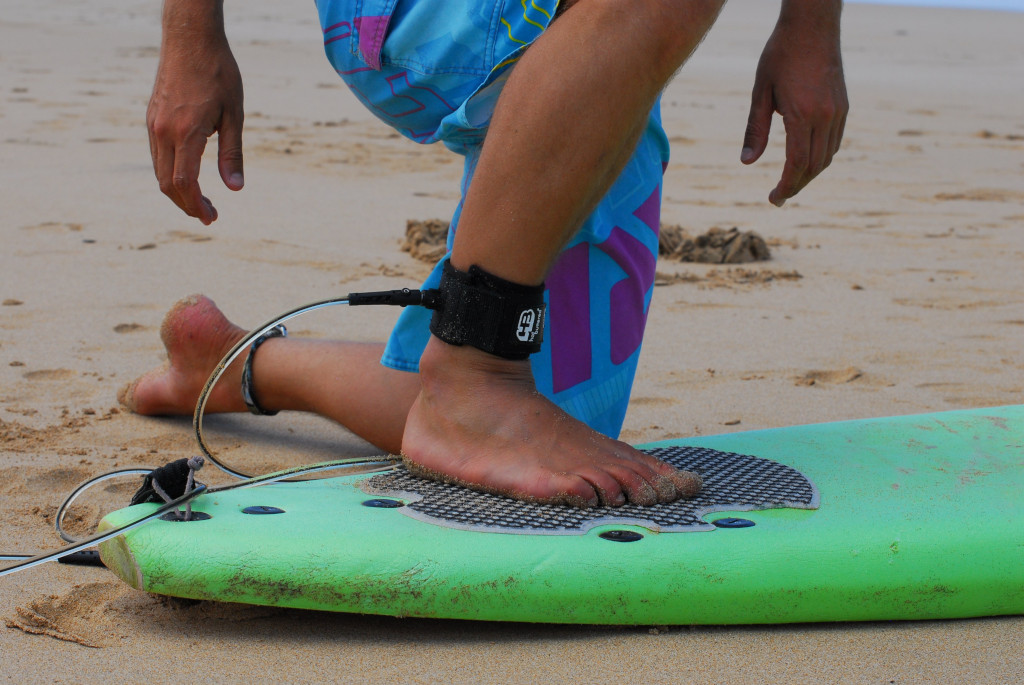
A leash, typically made of durable materials such as urethane, attaches your ankle to the surfboard, preventing it from drifting away when you fall off. This essential safety accessory keeps beginners connected to their surfboards at all times, promoting a safer experience in the water.
Surf Wax for Beginners
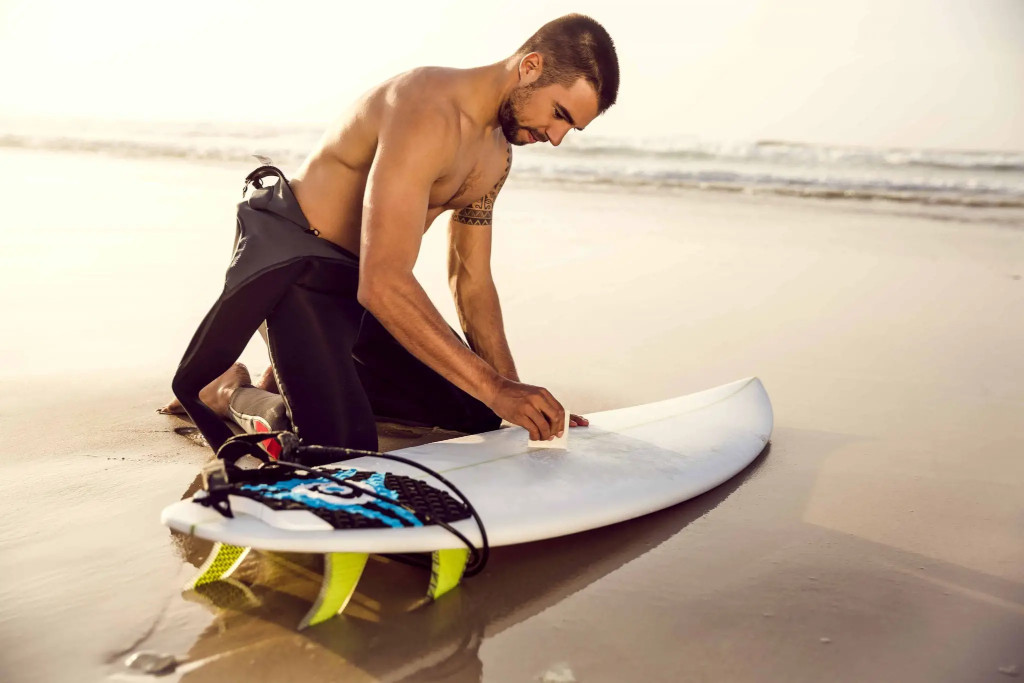
Surf wax, a sticky substance applied to the deck of the surfboard, enhances traction and grip. It provides stability and prevents slipping while popping up and maneuvering on the surfboard. Applying surf wax to the areas where beginners position their feet ensures a secure footing.
Wetsuit or Rash Guard for Beginners
Depending on the location and water temperature, beginners should consider appropriate attire such as wetsuits or rash guards. Wetsuits provide insulation, warmth, and protection against abrasions, while rash guards offer sun protection and help prevent chafing.
Conclusion
Selecting the right beginners surfboard is a significant step in your surfing journey. By understanding your skill level, considering surfboard size and dimensions for beginners, exploring different shapes and designs, familiarizing yourself with various materials and construction methods, trying out different beginners surfboards, and investing in essential accessories and safety gear, you’ll be well-equipped to make an informed decision.
Embrace the excitement and exhilaration of catching your first waves, and let your chosen beginners surfboard propel you toward a lifetime of stoke and progression in the world of surfing.
